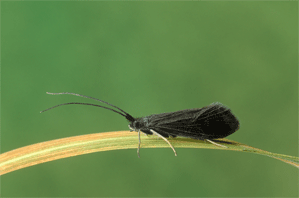
Home
Research Team
Project Details
The Chalk Streams
Results
Related Projects / Opportunities
Published Work
Contacts
Overall synthesis:If we can show that the methane in a river is predominantly groundwater derived (using δ13C and relative concentration) in the winter and we detect an old (14C) and 13C-deplete signal for carbon (derived from methane) in an invertebrate, then we would be confident that groundwater methane represents a spatial and temporal carbon subsidy to the invertebrates living in the chalk river gravels. |
|

|
|
|

|
